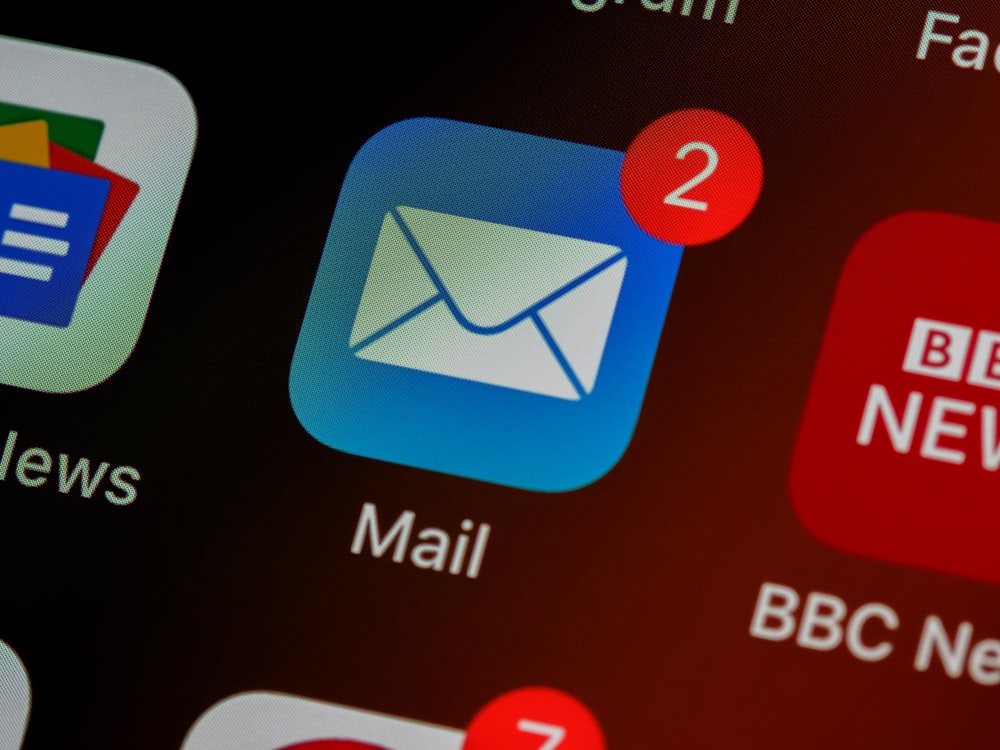Email Copy Frameworks for B2B Teams
B2B buyers are busy and skeptical. The fastest way to great email copy is to use proven frameworks and adapt them to your audience. These light templates help teams write consistently, test effectively, and scale what works without turning messages into formulaic spam.
1) Problem–Outcome–Proof–Ask
When to use: Cold outreach and early nurture. Shape: State a common problem, the outcome you enable, one proof point, and a low‑friction ask.
Example: “Many RevOps teams lose deals at handoff. Teams using our checklist cut leakage 31%. Worth a quick look?”
2) Trigger–Insight–Resource–Ask
When to use: Event‑driven messages tied to news, releases, or seasonal cycles. Shape: Name the trigger, share a unique insight, offer a resource, and ask if it’s relevant.
Example: “With Q4 reviews ahead, we saw churn risk rise when PMs skip usage summaries. This 4‑step template helps. Want the PDF?”
3) Benchmark–Gap–Plan–Ask
When to use: For data‑minded audiences and account expansion. Shape: Share a benchmark, highlight a gap, outline a simple plan, and suggest the next step.
Example: “Top onboarding teams activate 62% in 7 days; your segment averages 41%. Here’s a 3‑step plan we’ve seen work. Open to a 10‑minute walkthrough?”
4) Story–Lesson–Offer–Ask
When to use: Warm audiences and product updates. Shape: A two‑sentence story, the lesson, the offer, and the ask.
Example: “An SE at ACME shaved 40 minutes per demo with our preflight. We packaged their steps into a checklist. Want a copy?”
5) Objection–Resolution–Proof–Ask
When to use: Later sequence steps. Shape: Voice the common objection, resolve it concisely, provide proof, and ask for the smallest logical next step.
Guidelines
- Keep intros specific and short—avoid fluff.
- Use one proof point; numbers beat adjectives.
- Match the ask to the relationship and context.
- Document winners in a shared library with examples.
- Retire frameworks that underperform to reduce noise.
Key takeaway
Frameworks make good writing repeatable. Start with a few, test them by segment, and scale the ones that earn replies and meetings. Consistency beats novelty.
Bonus: Follow-up framework
Value‑nudge: “Adding a short case snippet below in case it’s useful—happy to share the full template if helpful.” Keep follow‑ups brief, additive, and respectful of time.



